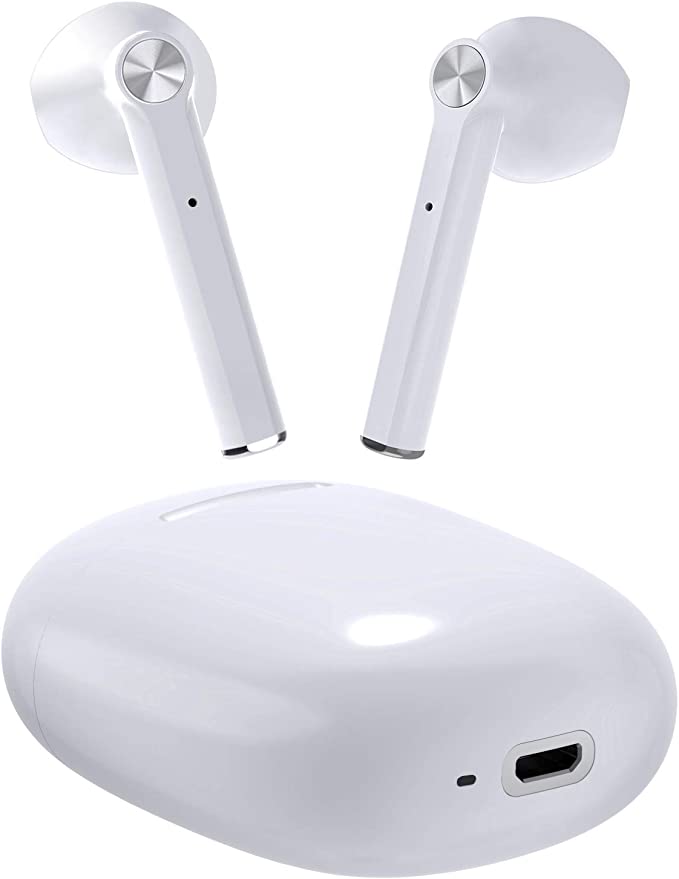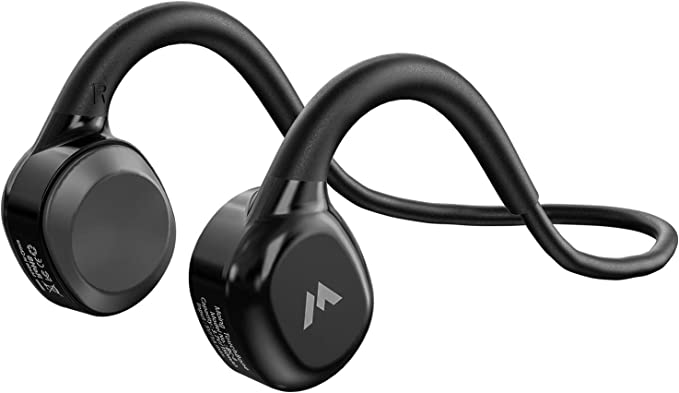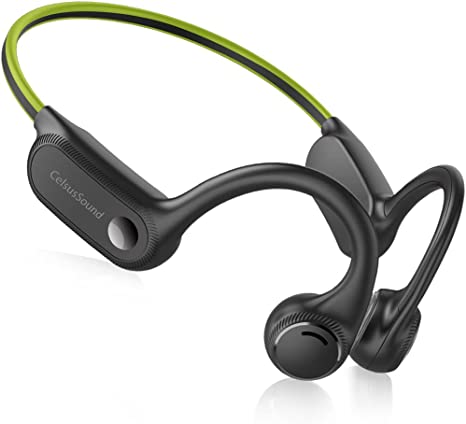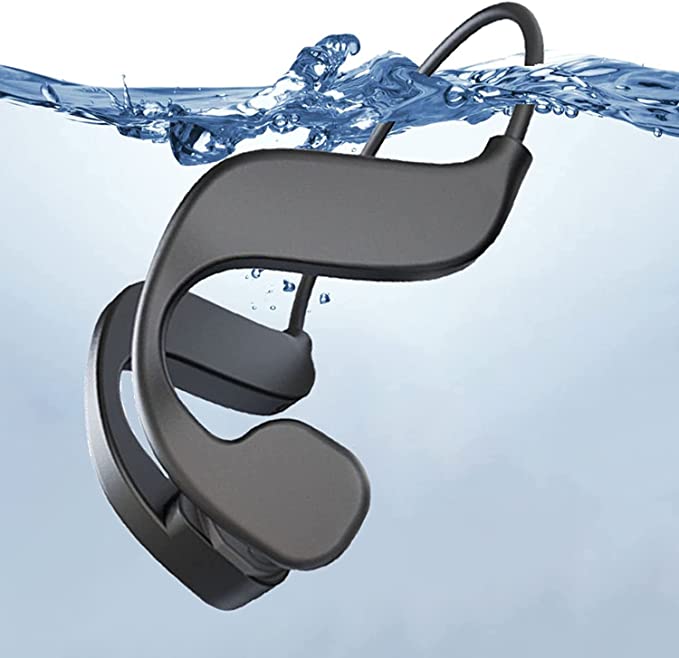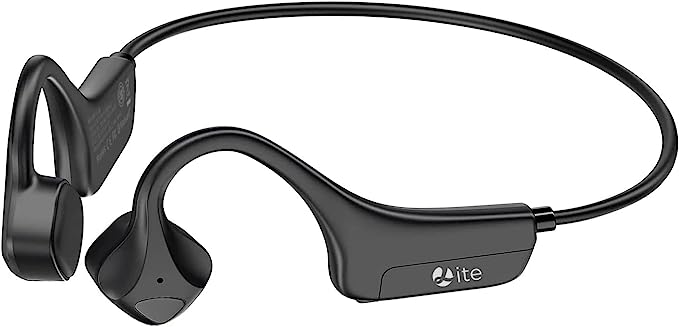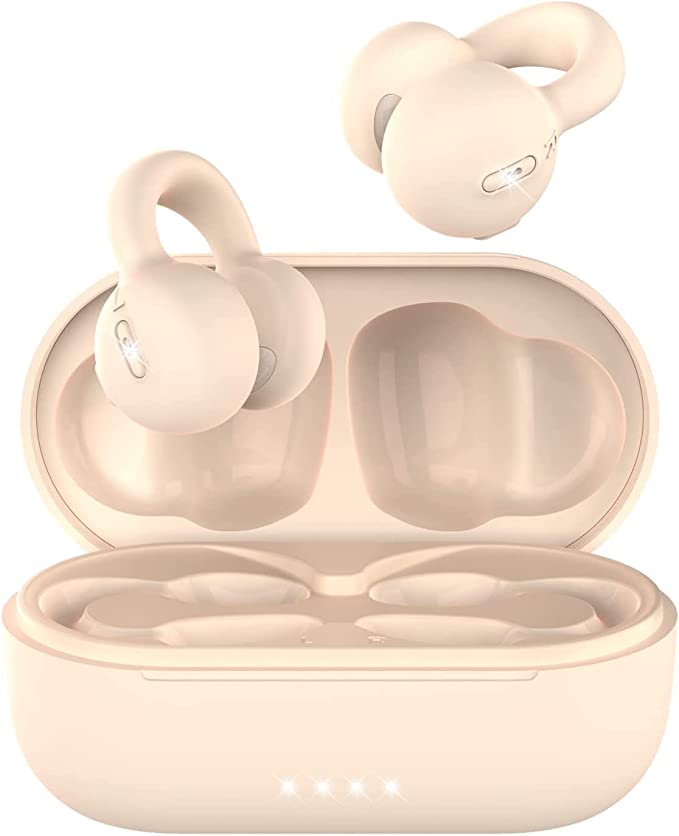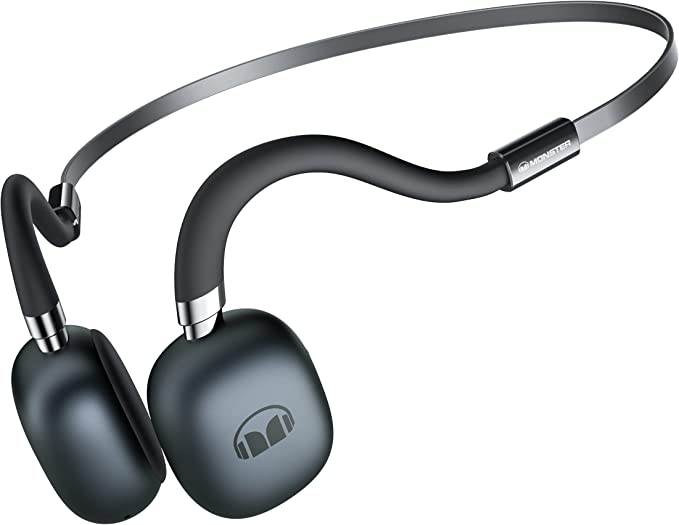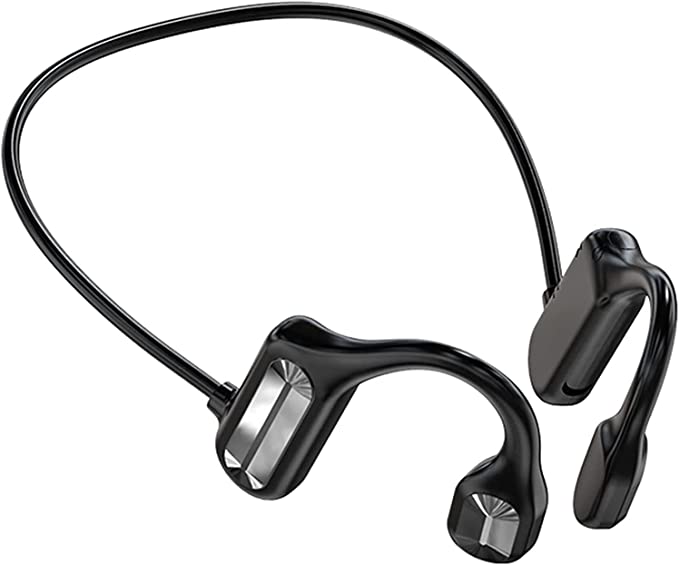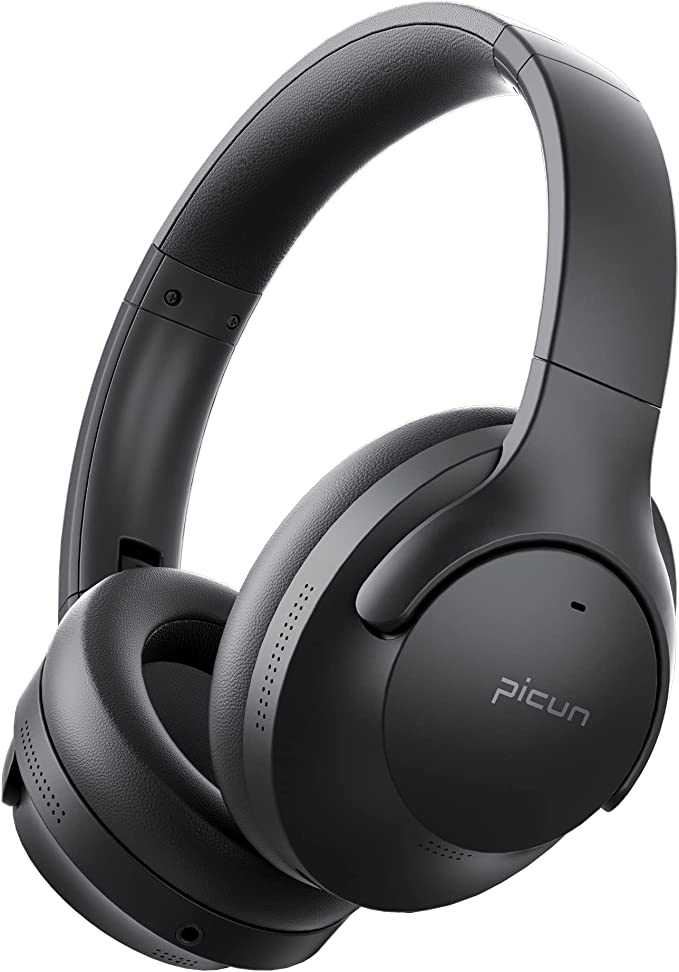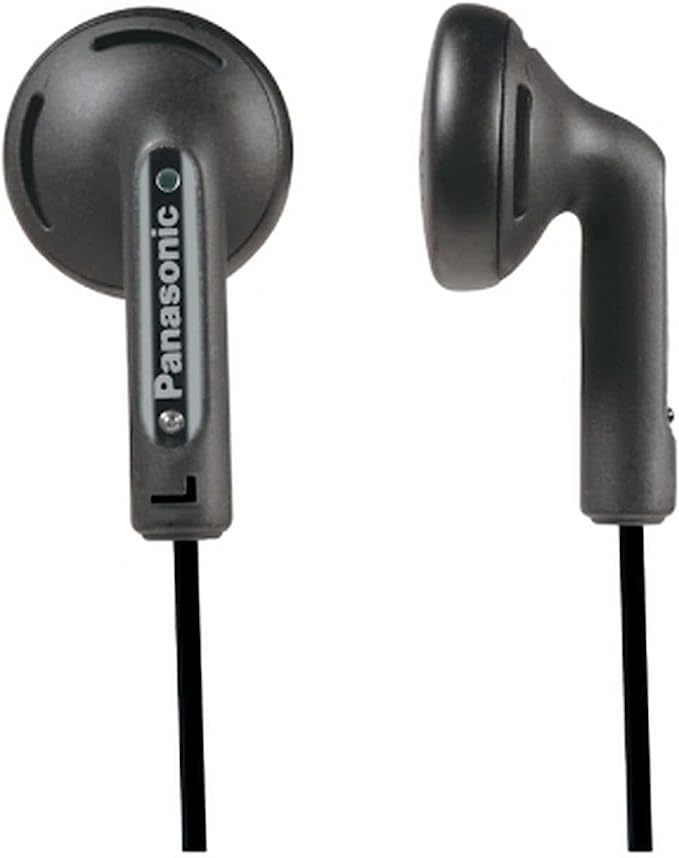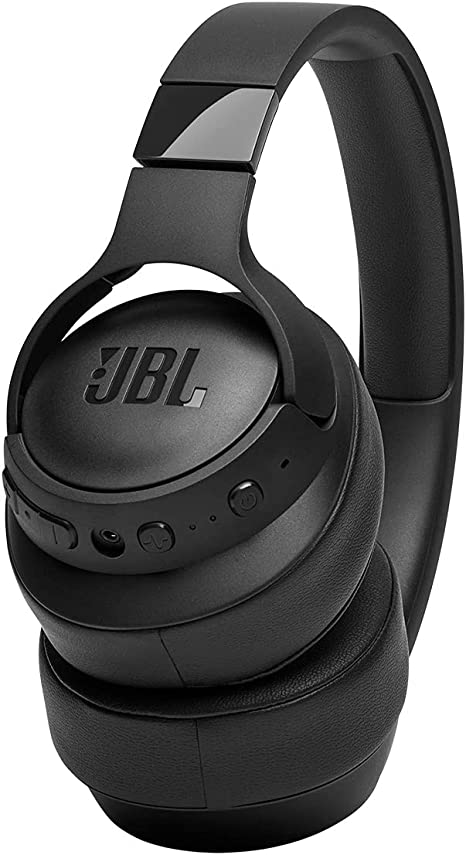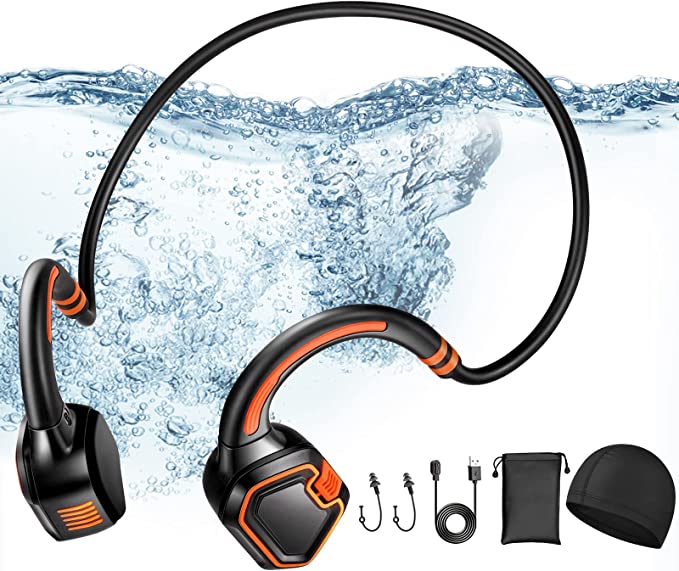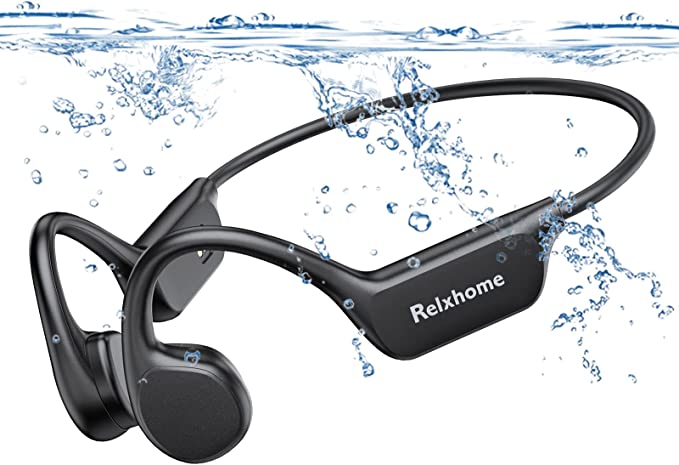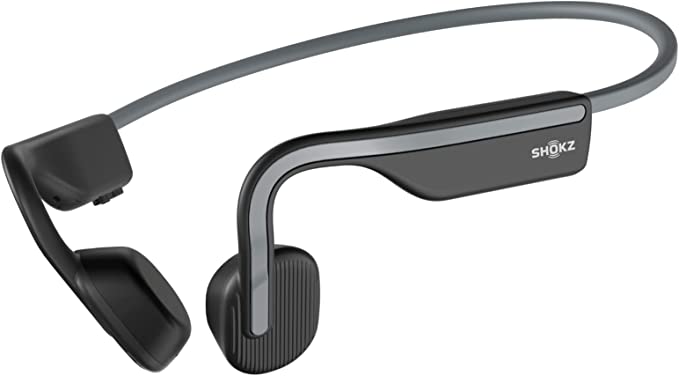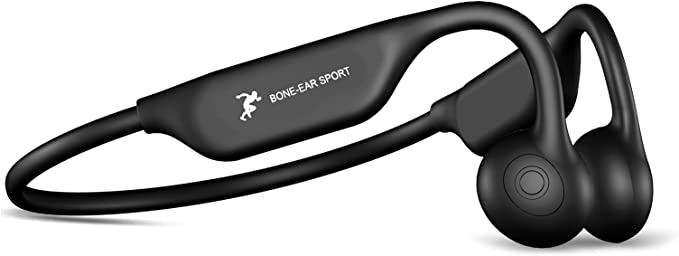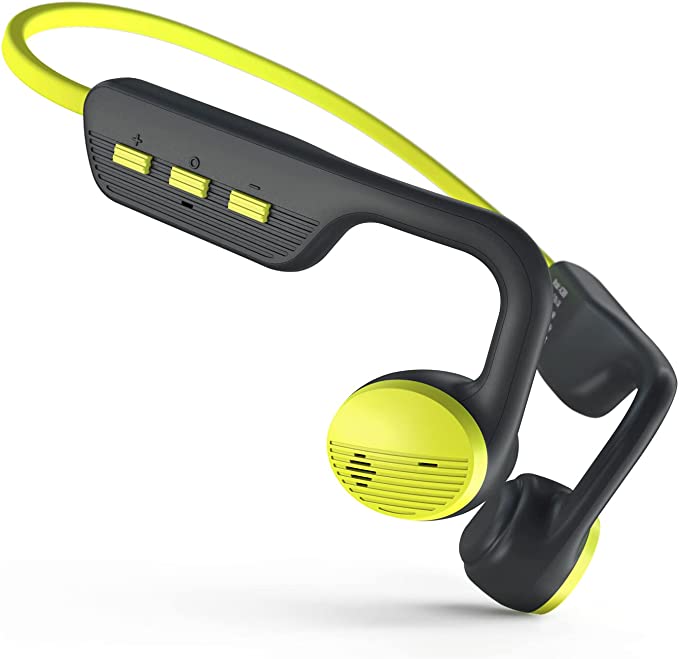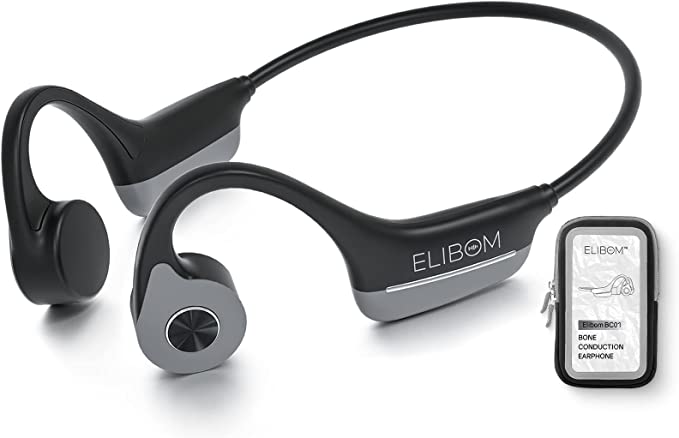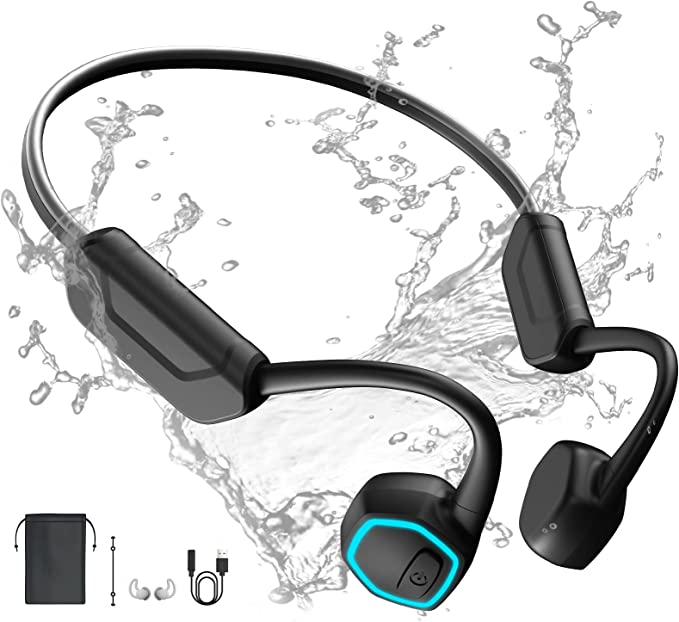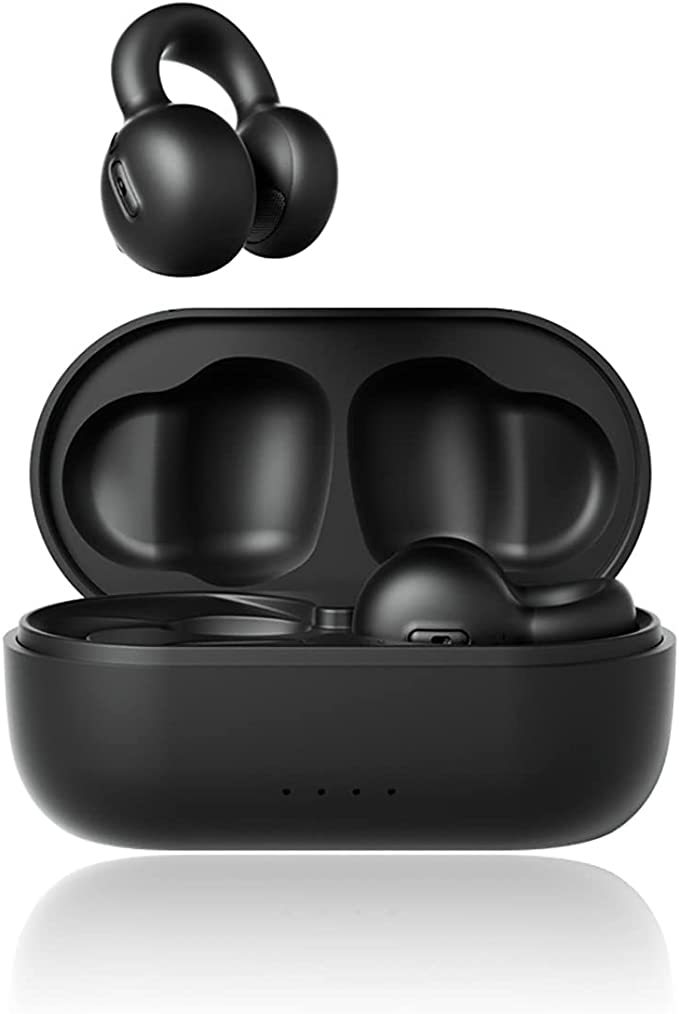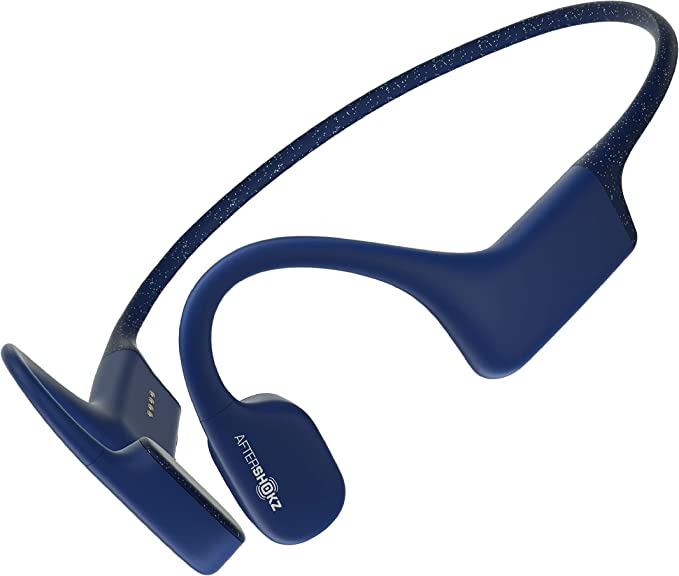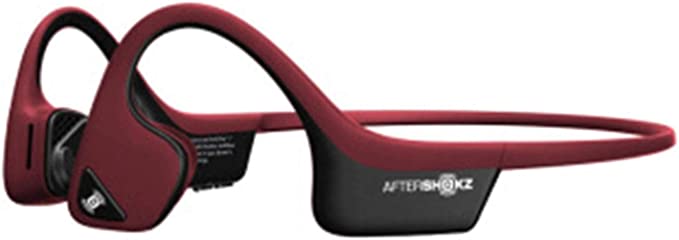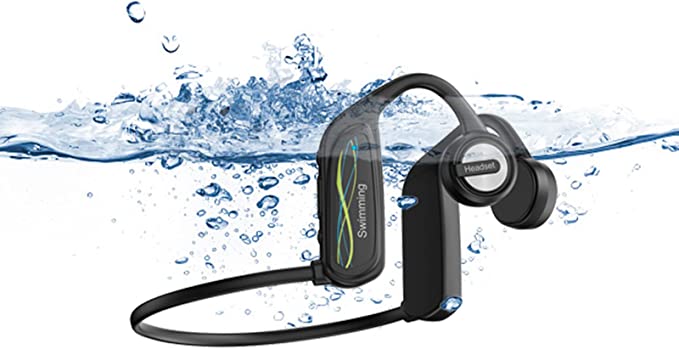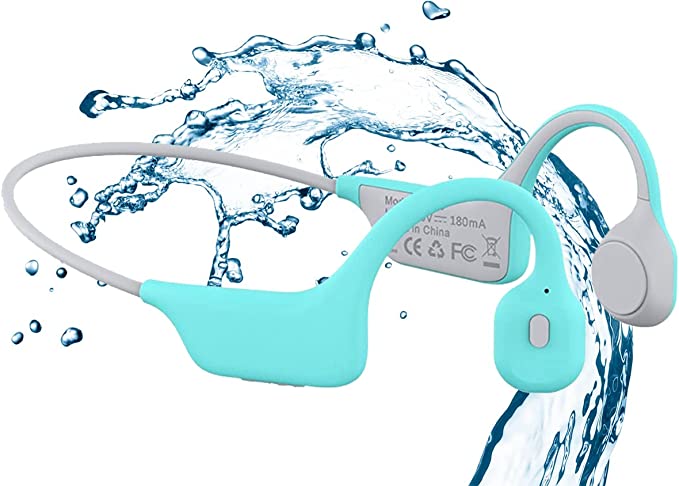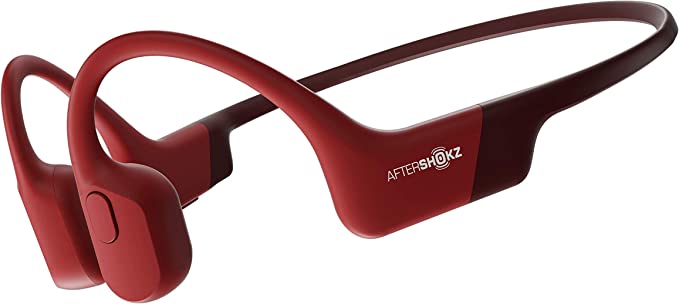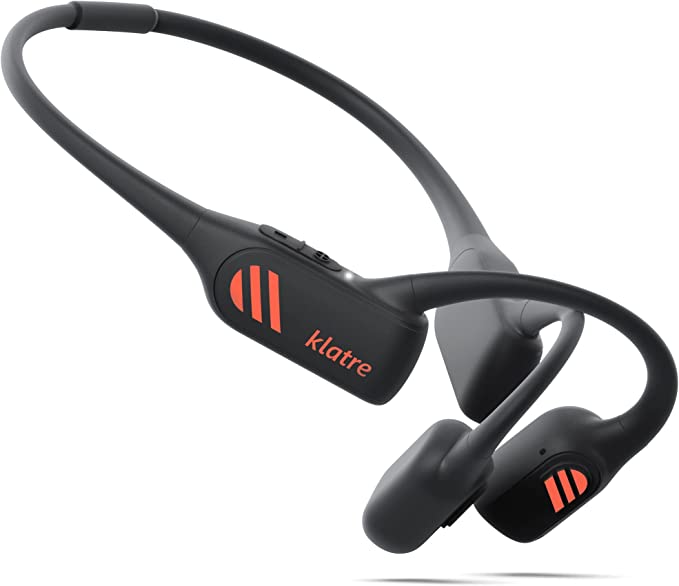Gogailen X7 Pro Bone Conduction Headphones - Rock Out Underwater
Update on Aug. 5, 2025, 10:34 a.m.
In the early 19th century, as deafness descended upon him like a silent curtain, the composer Ludwig van Beethoven reportedly discovered a remarkable way to hear his piano. He would bite down on a metal rod, pressing the other end against the instrument’s soundboard. The vibrations, traveling from the piano through the rod and into his jaw, bypassed his damaged ears entirely, reaching his inner ear directly through the bones of his skull. In that desperate act of creative genius, Beethoven became an unwitting pioneer of a technology that, two centuries later, would allow a swimmer to listen to a symphony while gliding underwater.
This is the world of bone conduction, a method of hearing that feels almost magical in its execution but is grounded in fundamental physics. It challenges our basic assumption that sound must travel through the air to our ears. To understand a modern device like the Gogailen X7 Pro Bone Conduction Headphones, we must first journey back and explore the very nature of sound itself.

The Whispers of Bone: Understanding the Science
Typically, we hear through what scientists call air conduction. A sound source, like a speaker or a person’s voice, creates vibrations in the air. These waves travel down our ear canal and strike the eardrum, causing it to vibrate. A delicate system of three tiny bones in the middle ear amplifies these vibrations and transmits them to the cochlea, a fluid-filled, snail-shaped structure in the inner ear. Here, specialized hair cells convert the mechanical energy into electrical signals, which the brain finally interprets as sound. It is an elegant but indirect pathway.
Bone conduction offers a shortcut. Instead of speakers that vibrate the air, bone conduction devices use small components called transducers. When placed against the head—typically on the cheekbones just in front of the ears—these transducers convert electrical audio signals into subtle mechanical vibrations. These vibrations travel harmlessly through the cranial bones, arriving at the same destination—the cochlea—without ever involving the eardrum.
If this sounds alien, consider the simple act of listening to your own voice. It sounds deeper and more resonant to you than it does in a recording because you perceive it through both air and bone conduction simultaneously. The vibrations from your vocal cords travel directly through your skull to your inner ear, a rich, internal sound that a microphone can never capture. Bone conduction headphones simply hijack this natural, secondary hearing pathway to deliver external audio.

A Technology’s Journey: From Medical Aid to Mission Critical
For much of its history, this principle remained a lifeline for those with conductive hearing loss—a condition where the outer or middle ear fails to pass sound along effectively. Early hearing aids, some dating back to the late 1800s, were elaborate “dentaphones” and “audiophones” that users bit down on, much like Beethoven and his rod. The technology evolved, finding a crucial niche in audiology with sophisticated devices like bone-anchored hearing aids (BAHAs), which provide a direct and clear auditory connection for thousands.
Simultaneously, bone conduction found a home in environments where hearing was a matter of life and death. Military forces, from tank crews in deafeningly loud vehicles to special operations units on stealth missions, adopted the technology. It allowed for crystal-clear communication while leaving the ears completely open, ensuring soldiers could maintain full situational awareness of their surroundings—the rustle of leaves, the click of a weapon, the sound of an approaching threat. It was a technology forged for extreme conditions.

The Modern Athlete’s Ally: A Case Study
It is from this legacy of medical necessity and tactical advantage that consumer bone conduction headphones emerged, designed to solve the unique challenges of the modern, active individual. The Gogailen X7 Pro serves as a compelling case study in how this historic technology is engineered into a contemporary sports accessory, addressing two primary obstacles: the aquatic barrier and the rigors of motion.
The greatest challenge for any swimmer wanting a soundtrack is water itself. This is where the engineering of these headphones shines. The device is rated at IPX8, a standard defined by the International Electrotechnical Commission (IEC) that certifies it for continuous immersion in water deeper than one meter. While some product materials also mention an IP68 rating—which would add a high level of dust protection—the IPX8 classification is the key that unlocks the pool. This is achieved through sealed construction and the use of a magnetic charging port, which cleverly eliminates a physical opening—a common point of failure for water ingress in other electronics.
But waterproofing alone is not enough. The second, more subtle problem is one of physics. Bluetooth signals are radio waves that operate in the 2.4 GHz frequency band, the same as a microwave oven. Water molecules are exceptionally good at absorbing energy at this frequency, which is why attempting to stream music from a phone on the pool deck to headphones in the water is a futile exercise; the signal dies almost instantly. Gogailen’s solution is elegantly simple: make the headphones a self-contained music player. With a built-in 32GB MP3 player, capable of storing thousands of songs and supporting high-fidelity lossless formats like FLAC, the device bypasses the need for a Bluetooth connection entirely while swimming.
On dry land, the challenges shift from water to motion and awareness. For runners and cyclists, the open-ear design inherent to bone conduction is a critical safety feature. It allows the user to enjoy their audio without being sonically isolated from the sound of traffic, pedestrians, or nature. To withstand the constant stress of activity, the X7 Pro’s frame is built from a titanium alloy. This material, valued in aerospace and medical implants, offers an exceptional strength-to-weight ratio and remarkable flexibility, allowing it to endure sweat and repeated flexing while weighing a mere 25 grams. When you are not submerged, it connects seamlessly to devices via Bluetooth 5.3, the latest standard offering stable, low-energy connectivity for calls or streaming.

Conclusion: Redefining the Soundscape
From a composer’s desperate attempt to hear his own masterpiece to an athlete’s desire for a personal, yet open, soundscape, the journey of bone conduction is a testament to human ingenuity. It demonstrates that our perception of the world is not fixed and that technology can open new sensory pathways we rarely consider. Devices like the Gogailen X7 Pro are more than just headphones; they are the consumer-friendly culmination of a long and fascinating history.
They represent a convergence of physiology, physics, and material science, engineered to perform where traditional audio devices cannot. As technology continues to push the boundaries of personal audio, aiming for experiences that are more integrated and less intrusive, the principle of bone conduction stands as a powerful reminder: sometimes, the most innovative path forward is not to shout louder into the ear, but to simply find a different way to deliver the vibration.
